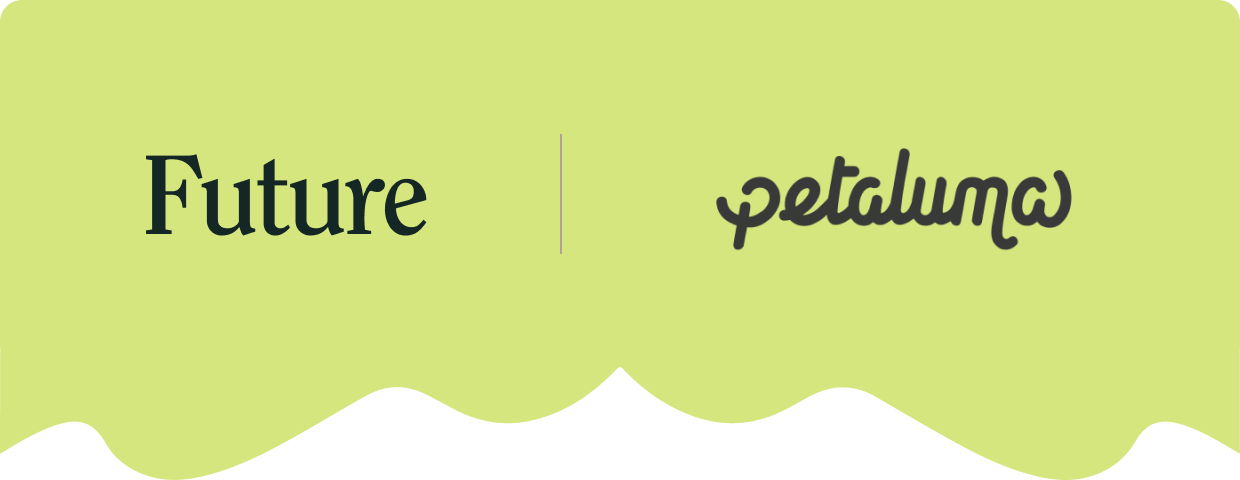How often should you wash your dog's bowl?

We're a dog food company, so we think about your pup's meal time a lot. An essential aspect of their care routine involves maintaining clean and hygienic food bowls. Whether you feed Petaluma as-is or add a fresh food topper, proper cleaning is crucial to prevent bacterial growth and maintain their overall health. In this blog post, we'll chat practical tips for keeping things clean and the most low maintenance options for bowls.
Cleaning Dry Food Bowls
Petaluma is a baked food, and like other dry dog foods, it doesn't leave much of a mess in the bowl after feeding. However, its crunchy texture can leave behind residue and oils in the food bowl, making thorough cleaning essential.
Start by scraping any remaining food particles from the bowl using a gentle brush or sponge. Then, wash the bowl with warm, soapy water, ensuring to scrub thoroughly to remove any stuck-on debris. Rinse the bowl with clean water and allow it to air dry completely before refilling with fresh food.
Regular cleaning of dry food bowls is essential to prevent the accumulation of bacteria and mold, which can thrive in the moist environment created by food residue. Aim to clean your dog's food bowl at least once a day to maintain optimal hygiene.
Extra Care with Toppers / Fresh Food
Some Petaluma pups (especially older and picky dogs) enjoy a 'topper' on their Petaluma. A topper could be anything from some pumpkin puree or another brand of fresh or wet dog food (more ideas here). However, the sticky consistency of most toppers can pose challenges when it comes to cleaning the food bowl.
After each meal, promptly remove any leftover wet food from the bowl to prevent it from drying and becoming difficult to clean. Use hot, soapy water to wash the bowl thoroughly, making sure to reach all crevices where food may have accumulated. Rinse the bowl with clean water and allow it to air dry completely before the next use.
Due to its moisture content, wet dog food can promote bacterial growth if left sitting in the bowl for an extended period. Therefore, it's crucial to clean wet food bowls promptly after each use to minimize the risk of contamination.
Choosing the Right Bowl Material
When selecting a food bowl for your dog, opt for materials that are durable, non-porous, and easy to clean. Stainless steel and ceramic bowls are excellent choices as they are resistant to bacteria buildup and can withstand frequent washing without retaining odors or stains.
Stainless steel bowls are dishwasher safe and highly durable, making them an ideal option for both dry and wet food. Ceramic bowls, on the other hand, offer aesthetic appeal and come in various designs to suit your preferences.
Avoid using plastic bowls, as they can harbor bacteria in scratches and crevices, leading to potential health risks for your dog. Additionally, plastic bowls are prone to scratching and can degrade over time, compromising their hygiene and structural integrity.
At Petaluma HQ, we like using stainless steel bowls because they are dishwasher safe, stack easily for storage, and super lightweight for travel. Whatever you choose, giving your dog's bowl a sudsy, warm wash is a great habit for keeping things clean.

